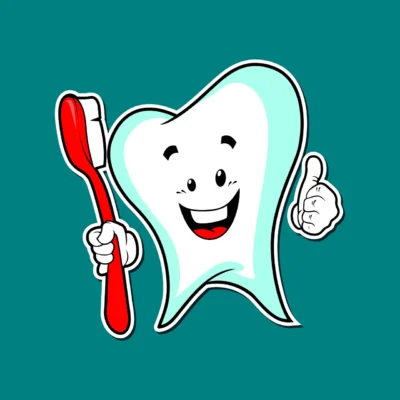
Gum disease, also known as periodontal disease, is a common condition that affects the tissues surrounding the teeth. It can range from mild inflammation to severe damage to the soft tissue and bone that supports the teeth. Recognizing the signs of gum disease early on is crucial for preventing further complications.
Paracetamol and ibuprofen are the most commonly prescribed painkillers. Ann Gillenwater, M.D., is the leader of several clinical trials using photo-immunotherapy to treat cancers that have persisted or recurred despite other therapies. It contains many blood vessels beneath a moist surface, known as a mucous membrane.
Symptoms of Gum Disease
Periodontal (gum) disease is an infection of the tissues that hold your teeth in place. It’s typically caused by poor brushing and flossing habits that allow plaque—a sticky film of bacteria—to build up on the teeth and harden. If left untreated, it can spread to the bones surrounding the gums, making it painful to chew. In the worst cases, teeth may become loose or need to be removed. It happens when plaque and bacteria build up on your teeth and cause infection. Treatments include regular dental cleanings and improved oral hygiene at home between visits.
One of the most common symptoms of gum disease is red, swollen, or tender gums. You may also notice that your gums bleed easily when brushing or flossing. Another sign to look out for is persistent bad breath or a bad taste in your mouth. As gum disease progresses, you may experience receding gums, loose teeth, or changes in the way your teeth fit together when biting.
Gum cancer — or cancer of the alveolar ridge — was more common in the era of widespread chewing tobacco and cigarette use. Oral cancers are most commonly found on the tongue, rather than the gums. Human papilloma virus, or HPV, does not cause cancer in the mouth, but is the main cause of upper throat (oropharynx) cancer in the United States. Gum disease is far more common than any type of gum cancer. People who have concerns about their teeth or receding gums should visit their dentist to discuss their worries. Advocate,” is a board-certified dentist on a mission to provide accurate dental patient education.
There’s a link between gum disease and other health issues like heart disease, stroke and diabetes. Hygienists and dentists take six measurements for every tooth to evaluate their health and any presence of gum disease. A normal or healthy range is between 1 millimeter (mm) and 3 mm. If you can’t see a dentist at the moment and are experiencing symptoms of gum disease there are steps you can take to treat your gum disease. Take a look at our post on how to cure gum disease without a dentist.
If ANUG isn’t properly treated the first time you have it, you’re more likely to have recurring cases in the future. This can cause persistent bad breath (halitosis) and bleeding gums, as well as gradually receding gums. As well as oral hygiene advice and dental treatments, treatments for ANUG may also include antibiotics, painkillers and different types of mouthwash. In some cases of gum disease, root planing (debridement) may be required.
What Does Gum Disease Look Like?
Conditions like diabetes and heart disease can also be impacted by gum problems. In fact, the CDC states that 95% of people who suffer from diabetes will experience some form of gum disease. Periodontal disease may also impact heart health and could even lead to cardiovascular disease if not treated. Gingivitis, an inflammation of the gums, develops when plaque that contains bacteria slowly builds up on your teeth and gums. Given time, the toxins released by the built-up plaque begins to damage your teeth and gums, making them sensitive, irritated, and puffy.
In its early stages, gum disease may not be easy to spot. However, as it progresses, you may notice some visible signs. These can include gums that are red, swollen, or receding. Your gums may also appear puffy or bleed easily when touched. In more severe cases, you may see pus between your teeth and gums, or notice that your teeth look longer due to receding gums.
Preventing Gum Disease
The best way to prevent gum disease is by practicing good oral hygiene. This includes brushing your teeth twice a day, flossing daily, and visiting your dentist regularly for check-ups and cleanings. Avoiding tobacco products, eating a healthy diet, and managing conditions like diabetes can also help reduce your risk of developing gum disease. If you notice any of the symptoms mentioned above, it’s important to seek treatment from your dentist promptly to prevent further damage to your oral health.




